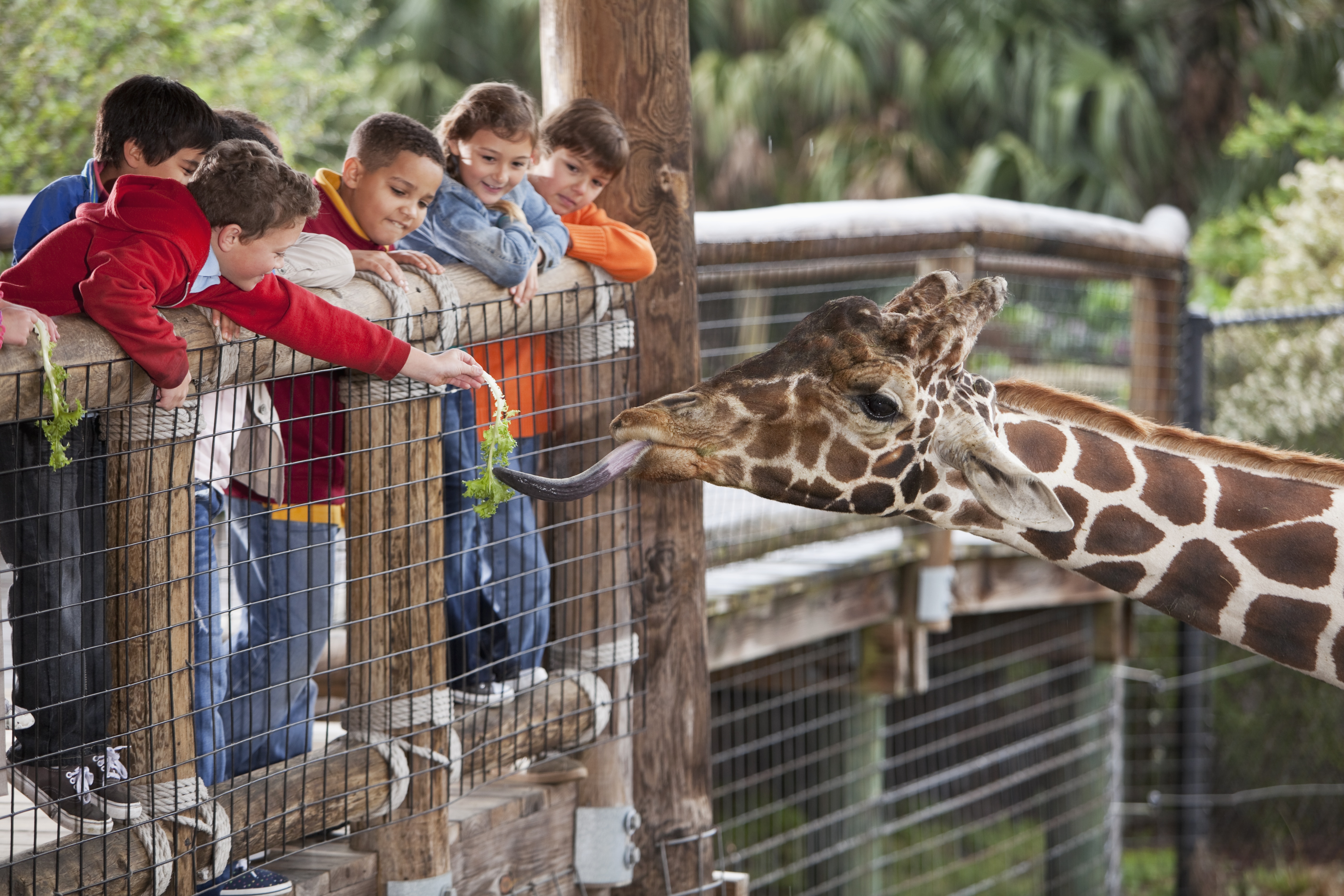How does a zoo survive and thrive in 2020 and beyond? By delivering an engaging experience and turning everyday visitors into conservation champions.
When bushfires ravaged Australia’s east coast over summer, Taronga Zoo played its part, treating hundreds of injured animals at its two wildlife hospitals. More importantly – from a conservation perspective – it also collected animals ahead of the fires, including 12 koalas from the only group that lives above 1000 metres, to preserve valuable DNA.
“This was a critical part of our bushfires response,” says Taronga Zoo CEO Cameron Kerr, adding that now the hard work starts. One challenge is that rehabilitating ecosystems and breeding genetically viable populations to return to the wild is a long and delicate process. “For koalas, this will take eight to 12 years.”
Taronga’s long-term bushfire response highlights its transformation of its zoos in Sydney and Dubbo over the past decade. When Kerr took over in 2009, zoos around the world were struggling to justify their existence in an era of cheap travel and mass media overage of exotic animals.
“Our journey has been about identifying what makes us relevant in the 21st century,” says Kerr. “Wild animals in an urban setting [such as Taronga Western Plains Zoo Dubbo], are not appropriate without a higher purpose.”
For Taronga, that purpose is a deep commitment to wildlife conservation and education. It has teams of zookeepers, scientists, vets and geneticists working with 18 universities around the world on preserving endangered species, including the platypus, Sumatran tiger and sun bear.
And Taronga ensures that the two-million-plus visitors to its zoos each year, including 100,000 schoolchildren, get the conservation message. Its tiger den, for example, exits through a “supermarket”, where visitors can scan products to check for palm oil – a key contributor to the destruction of habitats for Sumatran tigers and orangutans.
Technology plays a key role in creating these innovative visitor experiences and is also fundamental in making sure Taronga is able to invest heavily in its conservation mission.
“We are mainly self-funded and the key step is creating a strong business,” explains Kerr. “We can have a much greater impact when every dollar is used effectively.
“We need a partner like SAP to uplift our core business systems – payroll, HR, management data, business reporting, scenario planning – the bread-and-butter stuff that makes the organisation run efficiently. They’re giving us the world’s best business systems, used by some of the biggest companies, for a small to medium-sized organisation.”
Kerr also expects SAP technology to be crucial in further developing engaging visitor experiences, as well as mapping the zoo animals’ experiences and emotions and comparing them to wild animals.
“We can win the hears and minds of visitors and really make a difference. And we can replicate animals’ behaviour in the wild. This is leading-edge stuff.”



